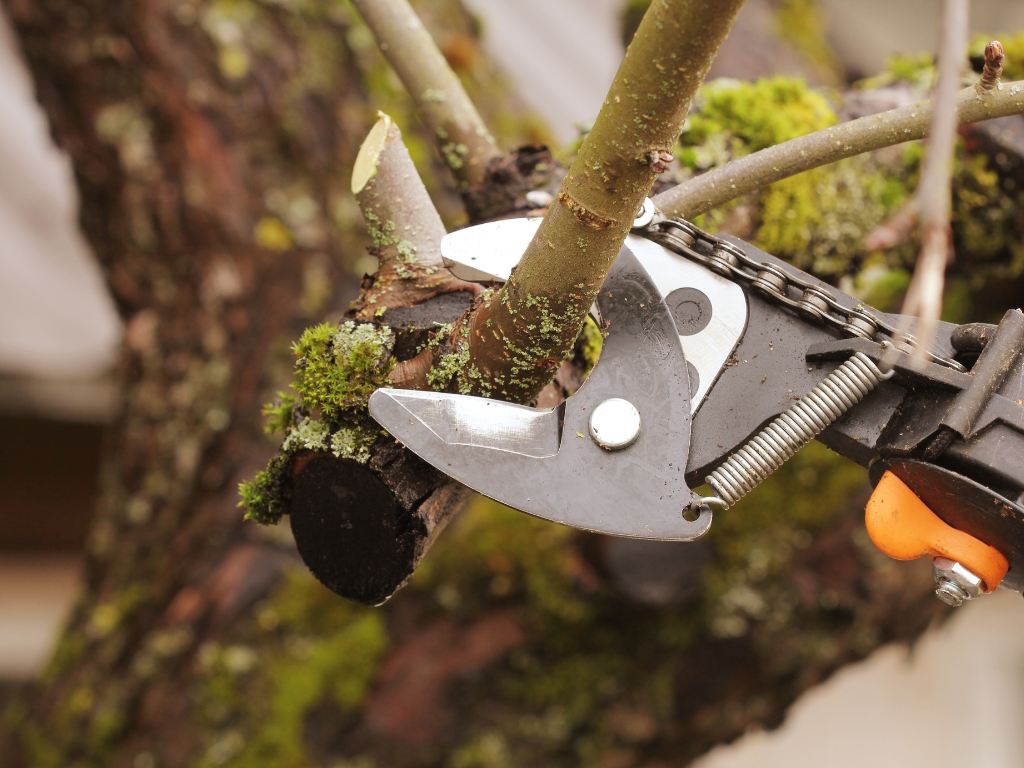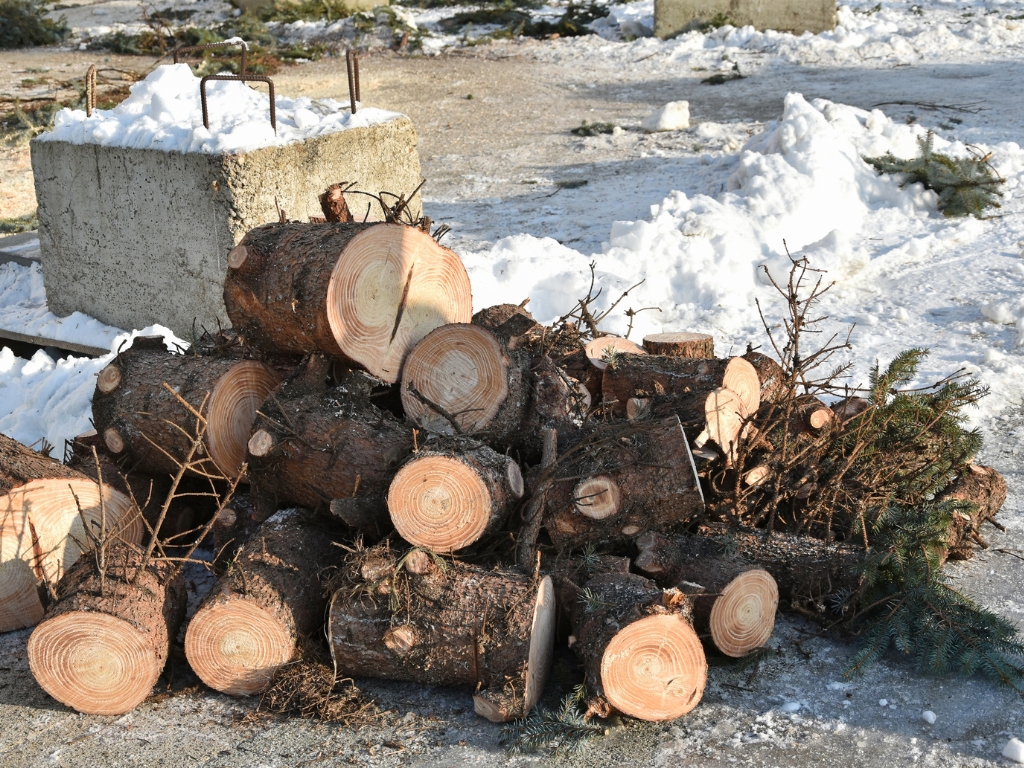Trees are an essential part of our environment, providing numerous benefits such as clean air, shade, and habitat for various species. However, just like any other living organism, trees can become diseased or damaged. This can be due to various factors, including insects, fungi, or adverse weather conditions.
It is crucial for property owners and landscape professionals to know how to identify a diseased or damaged tree and the appropriate steps to take in addressing the issue. This article aims to provide a comprehensive guide to help readers recognize and manage trees in distress.
Common Signs Of Diseased Or Damaged Trees
Recognizing the signs of distress in a tree is the first step towards addressing the issue, and it involves a keen observation of various aspects of the tree, from its leaves and branches to its bark and roots. Here are some symptoms you need to look out for:
1. Fungal Growth
Fungi play a significant role in breaking down dead organic matter. However, they can also infect living trees and cause diseases. Look for fruiting bodies, such as mushrooms or conks, growing on the tree trunk or at the base of the tree. These fungal growths indicate decay inside the tree.
2. Discolored Or Wilting Leaves
When a tree’s leaves change color or wilt prematurely, it may be a sign of a disease or pest infestation. For example, oak wilt, Dutch elm disease, and verticillium wilt all cause leaf discoloration and wilting.
3. Peeling Bark
Healthy trees have a continuous layer of bark covering their trunk and branches. When a tree’s bark begins to peel or fall off, it could signify a disease or pest infestation. In some cases, it could also indicate that the tree has suffered physical damage, such as from a lightning strike.
4. Swelling Or Cankers
Cankers are localized dead areas on a tree’s bark, branches, or trunk. They can appear swollen, sunken, or discolored and are caused by fungal or bacterial infections. Swelling or cankers can weaken a tree’s structural integrity and make it more susceptible to pests and other diseases.
5. Dieback
Dieback refers to the progressive death of a tree’s branches, starting at the tips and moving inward. This can be caused by diseases, pests, or environmental factors such as drought or severe weather.
Understanding The Cause
Understanding what’s causing the problem is pivotal in determining the most effective treatment strategy and helps to prevent similar issues from arising in the future. Here are some common reasons for tree damage:
1. Tree Diseases
There are numerous pathogens, including bacteria, fungi, and viruses, that can cause disease in trees. Symptoms can vary greatly depending on the specific pathogen and the tree species, but common signs often include discoloration, defoliation, cankers, and the presence of fungal fruiting bodies. Some diseases, such as Dutch elm disease or apple scab, are species-specific, while others can affect a wide range of trees.
2. Pest Infestations
Many insects and other pests can cause significant damage to trees. These can range from defoliating insects, like caterpillars or beetles, to more insidious pests like borers that can damage the tree from the inside out. Signs of pest infestation can include visible pests, holes or tunnels in the bark, frass (insect droppings), and abnormal leaf drop or dieback.
3. Physical And Environmental Damage
Aside from biological factors, physical and environmental factors can also cause significant tree damage. This can include storm damage, mechanical injury from vehicles, improper use of equipment such as a tree cutting crane, or lawn equipment, improper pruning, or damage from extreme weather conditions like drought or frost. Signs of such damage can often be seen in the form of broken or damaged branches, wounds in the bark, or a general decline in the tree’s health and vigor.
4. Soil And Water Conditions
The condition of the soil and the availability of water significantly influence tree health. Poor soil conditions, such as compaction, poor drainage, or nutrient deficiencies, can limit root growth and function, leading to overall tree stress. Similarly, both overwatering and underwatering can lead to root problems, including root rot or drought stress.
Management Options For Diseased Or Damaged Trees
It’s important to understand that the right management strategy largely depends on the specific problem and the overall health of the tree. Here are some ways that you can try to address varying tree health issues:
1. Pruning
Pruning is a fundamental aspect of tree care and health management. It involves the selective removal of branches to maintain the tree’s health, enhance its appearance, or increase safety.
When a tree is diseased or damaged, strategic pruning can help mitigate the issue by removing the affected parts, thus preventing the spread of disease or reducing the risk of branch failure.
It is paramount to adhere to proper pruning techniques to ensure the tree is not further stressed or damaged. This includes making clean cuts, avoiding excessive removal of foliage, and pruning at the right time of year to promote healing and reduce the tree’s vulnerability to disease.
2. Tree Support Systems
Trees with structural weaknesses or damage may require additional support to prevent failure. Tree support systems, including cables, braces, and props, are designed to provide supplemental structural reinforcement.
Cables are typically installed high in the tree to limit the movement of branches and redistribute the load within the canopy. Braces, which are rigid rods inserted through unions of weak branches, provide additional support. Props can be utilized to uphold heavy limbs, reducing strain on the tree and the likelihood of breakage.
3. Pest And Disease Management
Treating pests and diseases can be complex and requires a tailored approach for each situation. In some instances, it may be possible to manage the problem through various control methods. These can range from applying fungicides or insecticides to introducing biological control agents.
Biological control involves using beneficial organisms, such as insects that prey on the pests, or microorganisms that outcompete disease-causing pathogens. It’s important to consult with a certified arborist or a plant health care professional to determine the most effective and environmentally sensitive management strategy.
4. Soil And Water Management
A tree’s overall health and resilience are significantly influenced by its access to water and the nutrient content of the soil in which it grows. Regular monitoring and amending of soil conditions can help maintain a tree’s vitality and resistance to diseases and pests.
This may involve adjusting the soil’s pH, adding organic matter to improve structure and nutrient content, or adjusting irrigation practices to ensure the tree receives appropriate amounts of water. During drought conditions, supplemental irrigation can be critical to help the tree cope with water stress.
5. Tree Removal
While tree preservation is always the first goal, there are situations where tree removal becomes necessary. This is often the case when a tree poses a significant risk to public safety or property, or if the disease or damage is too extensive to manage effectively.
Tree removal is a complex task that should always be performed by trained professionals to ensure safety and to minimize potential damage to surrounding trees and structures.
In certain scenarios, such as when dealing with a particularly large tree or one located in a challenging position, specialized equipment like a tree cutting crane may be required to facilitate safe and efficient removal. The tree cutting crane allows for controlled dismantling of the tree, reducing the risk of damage to nearby properties.
Preventative Measures
Prevention is always better than cure. By taking a proactive approach, you can significantly reduce the likelihood of encountering tree health problems in the future. Here are some insightful tips that you can try:
1. Plant Selection
One of the most effective preventive measures starts even before a tree is planted – with the right selection. Choosing a tree species that is well-adapted to your specific location and site conditions is a proactive approach towards ensuring its long-term health.
Factors to consider in tree selection include the regional climate, soil type, available space, and susceptibility to local pests and diseases. Native species are typically a good choice as they are usually well-adapted to local conditions and form beneficial relationships with native fauna and flora. Furthermore, diversifying the species in your landscape can reduce the spread of species-specific pests and diseases.
2. Proper Planting And Establishment
The way a tree is planted and cared for during its establishment period has significant implications for its future health and susceptibility to diseases and pests.
Planting depth is crucial, as trees planted too deeply can suffer from poor oxygen levels and excess moisture around the roots. Trees should be planted at the same depth they were growing in their nursery container, with the root flare visible at the soil surface.
Following planting, the tree will enter an establishment period, which can last from one to several years, depending on the tree’s size and species. During this time, the tree will be developing its root system and acclimating to its new environment. Appropriate watering, mulching, and fertilizing during this period can promote a healthy root system and robust growth.
3. Regular Maintenance
Regular and proactive tree care is vital in maintaining a tree’s overall health and reducing its vulnerability to diseases and pests. Routine maintenance should include activities like pruning, watering, and fertilizing.
Pruning should be conducted to remove dead or diseased branches and to maintain the tree’s structural integrity. Watering needs can vary based on tree species and local weather conditions, but as a general rule, deep watering is preferable to frequent light watering as it encourages deeper root growth.
When it comes to fertilization, it’s important to base any nutrient additions on soil test results to avoid over-fertilization, which can exacerbate pest problems and contribute to nutrient runoff.
Conclusion
Identifying a diseased or damaged tree is an important skill for property owners and landscape professionals. By being proactive and addressing issues early, you can help protect your trees and maintain the health of the surrounding environment. Remember to consult with a certified arborist or tree care professional, like Spear Bro’s Tree Service, when dealing with a diseased or damaged tree. By following the guidelines outlined in this article, you can contribute to a healthy and thriving urban forest.





